Choosing the Right Mold Flipper in Mexico | A Guide for Procurement Managers
Your heavy, multi-ton molds are the heart of your production line, but they're also a source of constant risk and inefficiency. Manually flipping them with cranes is slow, dangerous, and often results in damage to the very molds you're trying to maintain. I’ve walked through countless factories and seen the consequences: production bottlenecks, damaged equipment, and worst of all, serious safety hazards for workers. In a competitive market like Mexico's steel industry, where every peso of operational cost and every minute of uptime matters, you simply cannot afford these outdated and risky procedures. A modern, reliable mold flipper isn’t just another piece of machinery; it's a strategic investment in safety, efficiency, and the long-term health of your entire operation.
When choosing a mold flipper in Mexico, procurement managers must focus on key factors beyond the initial price. The most critical considerations include verifying the load capacity with a significant safety margin, ensuring the control system is robust and user-friendly (preferably PLC-based), confirming the availability of local or responsive technical support, and selecting a machine built to withstand the specific industrial environment of your facility. Prioritizing these aspects ensures the equipment is not just a purchase, but a long-term solution that enhances safety and productivity.
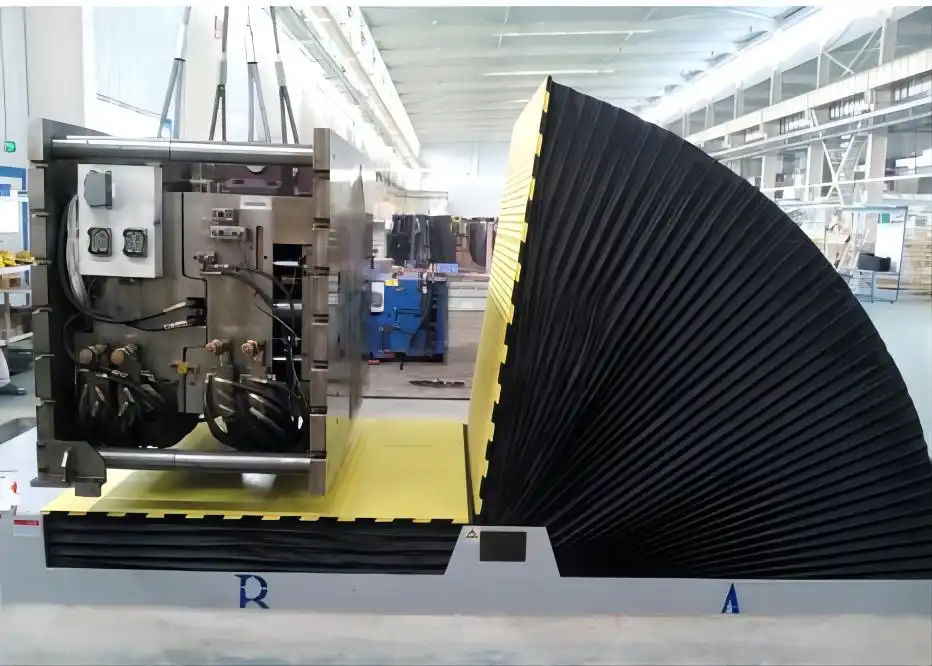
This initial overview gives you a starting point. But making a capital investment that will impact your operations for the next decade requires a deeper analysis. This is the kind of decision that leaders like Javier Morales, a steel mill owner I know, scrutinize carefully to ensure it aligns with their strategic goals, such as reducing operating costs and boosting uptime. It’s about looking beyond the spec sheet and understanding how this equipment integrates into your ecosystem. So, let’s break down the essential questions you need to ask to ensure you're making the right choice for your facility in Mexico.
What key specifications should a procurement manager in Mexico focus on for a mold flipper?
Have you ever looked at a technical specification sheet and felt like you were trying to read a foreign language? It’s a common problem. It's easy to get lost in the engineering jargon and overlook the details that truly matter for your factory floor. Choosing the wrong specifications can lead to disaster—an underpowered machine that creates a massive safety risk or an over-engineered, oversized unit that unnecessarily inflates your capital expenditure and energy bills. This isn't just a hypothetical problem. A mistake here can be incredibly costly. An undersized flipper could fail under load, destroying a mold worth tens of thousands of dollars. An oversized one consumes excess energy, working directly against your goal to control volatile energy costs. We need to focus on the critical specifications that guarantee your mold flipper is a perfect fit for your operations and will deliver a solid return.
A procurement manager in Mexico should prioritize specifications like load capacity (with a 25-50% safety margin), the physical table size to match your largest molds, the required turning angle (90° for inspection or 180° for full turnover), and the drive system—hydraulic for raw power or electromechanical for efficiency and precision. Crucially, you must also verify robust safety features like limit switches, overload protection, and emergency stops, and ensure the machine’s construction and coatings are suited for Mexico's diverse industrial climates.
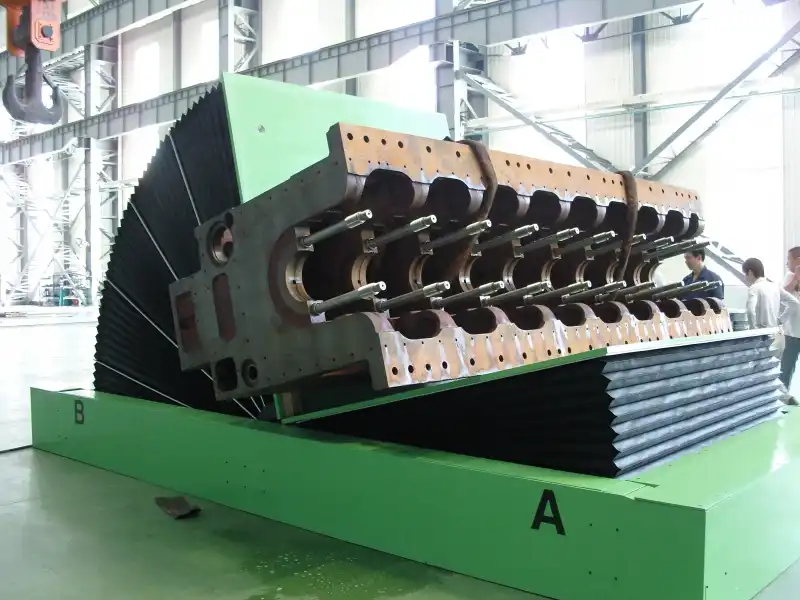
Dive Deeper: Breaking Down the Core Specifications
When I consult with clients, I urge them to think of the specification process not as a checklist, but as a conversation about their operational reality. It’s not just about the weight of the mold; it’s about how you use it.
Load Capacity and the Non-Negotiable Safety Factor
The most obvious specification is load capacity, but it's also one of the most common places to make a mistake. Simply matching the flipper's capacity to your heaviest mold is not enough. You must account for dynamic loads—the forces exerted as the mass shifts during the turning motion. An off-center load can dramatically increase the stress on the machine’s structure and drive system. This is why I always recommend a safety factor of at least 1.25x, and preferably 1.5x, your heaviest workload. If your heaviest mold is 20 tons, you should be looking for a machine rated for at least 25 or 30 tons. This small buffer is your insurance against catastrophic failure, protecting both your expensive molds and your invaluable team. It's a direct investment in the kind of production stability that every plant manager strives for.
Drive System: Hydraulic vs. Electromechanical
The engine of the mold flipper is its drive system. The choice between hydraulic and electromechanical systems has significant long-term consequences for your operational costs, maintenance schedule, and digitalization goals. Let’s compare them.
| Feature | Hydraulic System | Electromechanical System |
|---|---|---|
| Power | Very high power density, ideal for extremely heavy loads. | Excellent power, sufficient for most applications up to 50-60 tons. |
| Control | Good, but can be less precise. | Highly precise, smooth start/stop, better for sensitive molds. |
| Energy Use | Less efficient; the pump often runs continuously. | More efficient; motors and VFDs use power only when moving. |
| Maintenance | Requires regular checks for oil leaks, filter changes, and hose integrity. | Simpler maintenance, mainly gearbox and motor checks. Cleaner operation. |
| Digitalization | Can be integrated, but often requires extra sensors. | Easily integrates with MES and IoT platforms for data collection. |
| Environmental | Risk of oil leaks and spills. | No oil, cleaner, and better for meeting strict environmental standards. |
From my experience, while hydraulic systems have been the traditional workhorse, many forward-thinking mills in Mexico are now choosing electromechanical flippers. The lower energy consumption directly addresses volatile electricity prices. The cleaner operation helps with environmental compliance. And most importantly, their seamless integration with PLC controls and IoT sensors is a crucial step towards the data-driven "smart factory" that leaders are building today.
How does a high-quality mold flipper address the operational challenges of a Mexican steel mill?
Every single day, your steel mill is under pressure. Energy costs are a moving target, your older equipment seems to break down at the worst possible moments, and the market’s demand can shift without warning. It can feel like you are constantly fighting fires on multiple fronts. Each minute of unplanned downtime caused by an equipment failure or an inefficient process is money walking out the door. An old, unreliable system for handling molds is a critical weak link in your production chain. It contributes to rising maintenance bills and unacceptable safety risks, directly undermining your goal to lower operational costs. A modern, high-quality mold flipper is far more than a simple tool—it's a targeted solution. It is designed to directly attack these core challenges by boosting efficiency, enhancing safety, and protecting your most important assets: your people and your molds.
A high-quality mold flipper directly addresses the common challenges of a Mexican steel mill by creating a faster, more predictable maintenance workflow, which improves overall operational efficiency and helps manage market fluctuations. By automating a dangerous task, it drastically reduces the risk of accidents and costly mold damage. Furthermore, modern energy-efficient models with electromechanical drives help mitigate the impact of volatile energy costs and support your company’s environmental compliance goals.
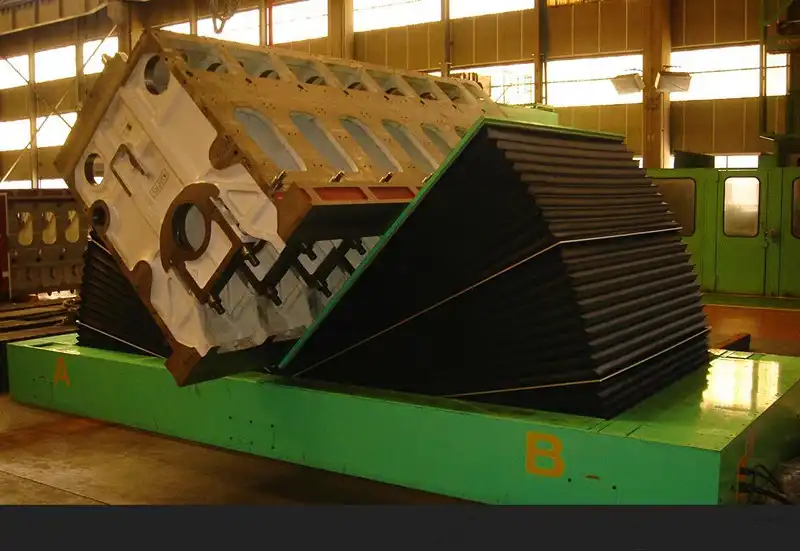
Dive Deeper: From a Machine to a Strategic Solution
Let's move beyond the general benefits and look at how a new mold flipper directly solves the specific problems that a plant owner like Javier faces every day.
Combating Equipment Aging and Boosting Uptime
Many Mexican steel mills are running on equipment that is over 15 years old. I've seen it firsthand. These aging machines become maintenance headaches. Bearings wear out, hydraulic lines crack, and control systems fail. Each failure means unplanned downtime, which kills your productivity. A new mold flipper built with modern components—high-efficiency motors, durable gearboxes, reliable sensors, and a powerful PLC—is inherently more reliable. But the real game-changer is the potential for predictive maintenance. By integrating IoT sensors that monitor motor temperature, vibration, and energy consumption, you can feed data into your MES. Your maintenance team can then see early warning signs of a potential failure and schedule repairs during planned downtime. This is how you move from being reactive to proactive. This is how you get from 85% uptime to the 95% goal. I remember a client whose old flipper was their number one cause of production delays in the maintenance bay. After upgrading to a new, sensor-equipped machine, they virtually eliminated unplanned downtime from that process.
Mitigating Volatile Energy Costs
Energy is one of the biggest operational expenditures for a steel mill. When electricity prices spike, your margins shrink. An old, inefficient hydraulic mold flipper contributes to this problem. Its pump may run for the entire shift, consuming power even when the machine is idle. A modern electromechanical mold flipper is designed for efficiency. It uses a high-efficiency motor paired with a Variable Frequency Drive (VFD). The VFD ensures the motor draws only the power it needs for the task at hand and consumes almost no energy when stationary. The switch from an old hydraulic system to a new electromechanical one can reduce the energy consumption of that specific task by as much as 60-70%. While it’s one machine, this mindset of efficiency, applied across your plant, is how you achieve a 10% reduction in overall unit energy consumption.
What are the long-term ROI considerations when investing in a mold flipper in Mexico?
As a business leader, you are constantly evaluating requests for capital expenditure. It's very tempting to focus on the number at the bottom of the quote—the initial purchase price. But I can tell you from decades of experience, a low upfront cost can be a mask, hiding a mountain of future expenses that will hurt you down the road. A cheaply made machine will inevitably break down more often, consume more energy, and require specialized replacement parts that can be difficult and slow to source in Mexico. The Total Cost of Ownership (TCO) can quickly surge past any initial savings, damaging your profitability and completely derailing your strategic cost-reduction goals. A truly smart investment is one that looks beyond the price tag. Let's analyze the real long-term Return on Investment (ROI) of a quality mold flipper, an analysis that must include everything from operational savings to maintenance costs and asset protection.
The long-term ROI for a mold flipper in Mexico is calculated not by the initial price, but by its Total Cost of Ownership (TCO) and the value it generates. This comprehensive view includes reduced labor hours for flipping molds, the elimination of costs from mold damage, significant gains in production uptime, lower annual energy consumption, and predictable, minimal maintenance expenses. A reliable, well-built machine with strong local or regional support will always deliver a faster and more sustainable return on investment.
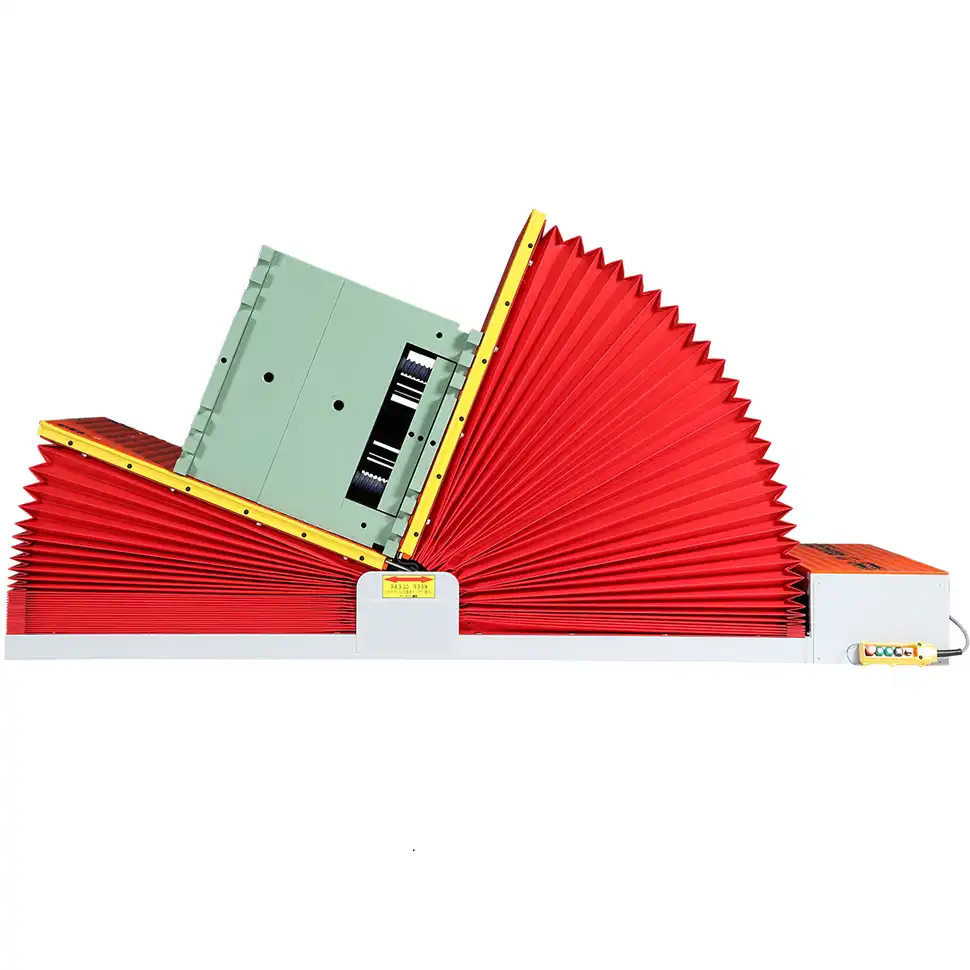
Dive Deeper: The True Calculation of Value
An executive with a strong financial or engineering background understands that the purchase price is just one variable in a much larger equation. Let's build that equation.
Calculating the Total Cost of Ownership (TCO)
The TCO is the real number you should be focused on. It tells the story of your investment over its entire lifecycle. A simplified way to think about it is:
TCO = Initial Price + Installation Costs + Lifetime Energy Costs + Lifetime Maintenance Costs + Cost of Downtime
Let's look at a hypothetical 5-year TCO comparison between a generic "Low-Cost Supplier" and what a "Strategic Partner" like SHJLPACK offers.
| Factor | Low-Cost Supplier | Strategic Partner (SHJLPACK) |
|---|---|---|
| Initial Price | $50,000 | $70,000 |
| Annual Energy Cost | $4,000 (Inefficient hydraulics) | $1,500 (Efficient electromechanical) |
| Annual Maintenance | $3,500 (Frequent parts/labor) | $800 (Predictive, minimal) |
| Annual Downtime Cost | $10,000 (20 hours unplanned) | $1,000 (2 hours planned) |
| 5-Year TCO | $50k + $20k + $17.5k + $50k = $137,500 | $70k + $7.5k + $4k + $5k = $86,500 |
As you can see, the machine that looked 30% more expensive at the start is actually almost 40% cheaper over five years. This is the kind of analysis that supports a goal of reducing overall operating costs by 8% or more.
The Massive Hidden Cost: Mold Damage
This TCO calculation doesn't even include the biggest potential cost: damaging a mold. Your molds are precision-engineered assets that can cost tens or even hundreds of thousands of dollars. An uncontrolled flip with a crane or a jerky, low-quality flipper can easily damage a mold's surface or alignment. The cost of repairing or replacing just one large mold can be more than the cost of the flipper itself. A high-quality machine with smooth, controlled motion is insurance for your most critical production assets.
The ROI of Throughput and Safety
Finally, consider the gains. A faster, automated flipping process means your maintenance team can service more molds in the same amount of time. This increases their efficiency and gets molds back into production faster, boosting your plant's overall throughput. Furthermore, by removing workers from a dangerous manual process, you drastically reduce the risk of accidents and potential worker compensation claims, which are both a financial and human cost that no company wants to bear.
Why is choosing a strategic partner, not just a supplier, crucial for mold flipper procurement in Mexico?
You can buy a machine from a catalog anywhere in the world. The transaction is simple: you send the money, they send a crate. It’s a purely transactional relationship. But what happens when the crate arrives and you have a question about the foundation requirements? What happens a year later when you need a specific spare part, and you need it fast to get your production line running again? This is where the simple transactional model falls apart. Being left on your own after the sale is a procurement manager's worst nightmare. Communication barriers, massive time zone differences, and slow support can turn a small technical issue into a full-blown production crisis. This type of supplier relationship offers no long-term value and actively puts your operational stability at risk. You don't need another supplier. You need a partner. A true partner invests time to understand your business, anticipates your needs, and remains committed to your success long after the machine is installed and running.
Choosing a strategic partner for a mold flipper in Mexico is crucial because a partner provides comprehensive, lifecycle support that a simple supplier does not. This includes expert consultation during the selection process, professional guidance on installation and commissioning, responsive training for your operators, and a reliable channel for spare parts and ongoing technical advice. A partner is invested in helping you achieve your strategic goals, like digitalization and cost reduction, because they understand that your success is tied to theirs.
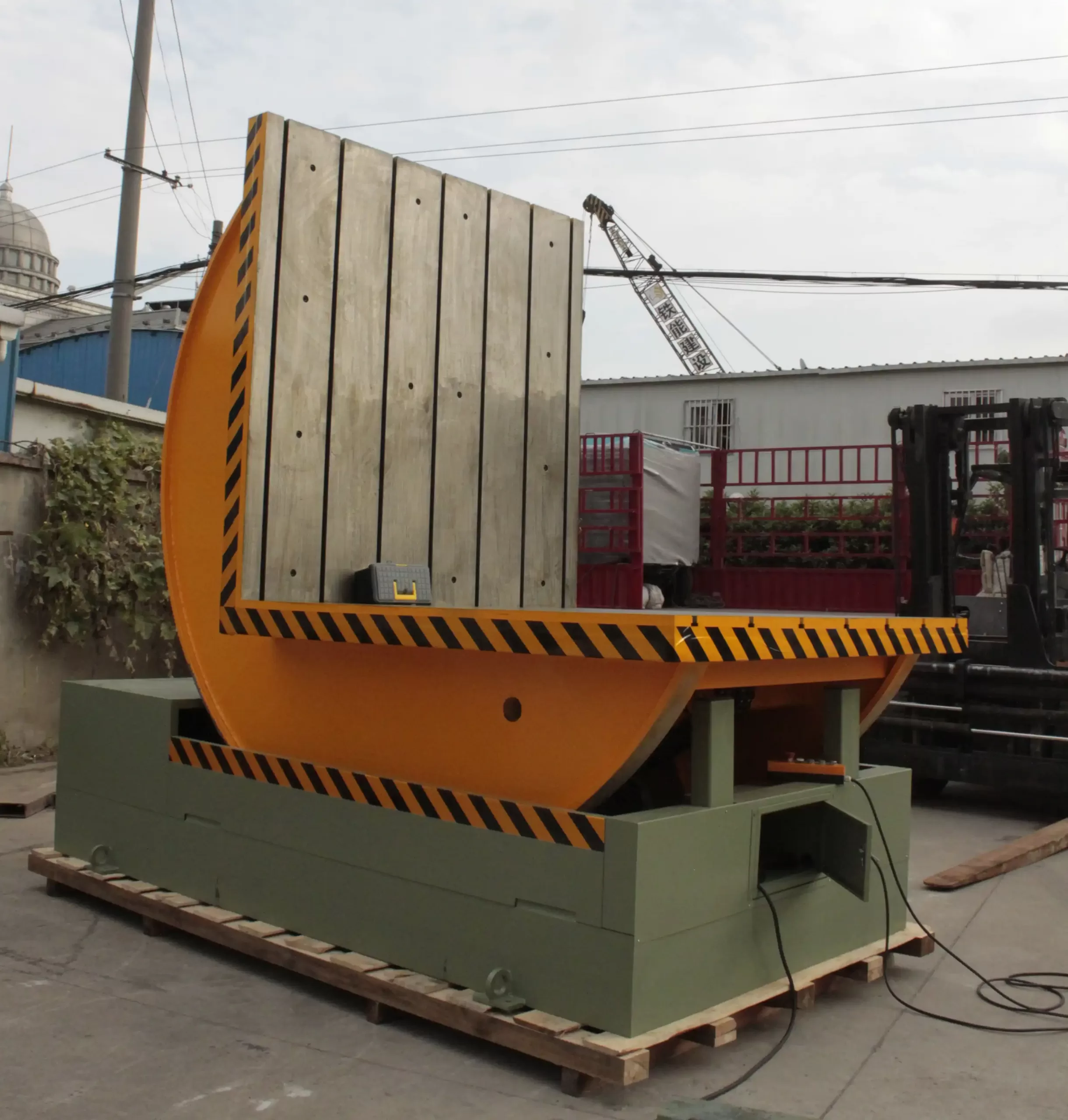
Dive Deeper: The Defining Qualities of a True Partner
When I started my journey from engineer to factory owner, I learned that the relationships you build are just as important as the machines you build. A machine is a tool, but a partnership is a force multiplier.
Support That Speaks Your Language
A true partner understands the importance of clear, accessible support. When you have a problem, you need to talk to an expert who can solve it quickly. Does the company offer technical support in Spanish? Do they have experience with the logistics of shipping spare parts to industrial zones in Mexico? At SHJLPACK, we have built our reputation on this. We ensure our clients have a direct line to our engineers. We provide documentation and training that is clear and easy to understand. This isn't an add-on; it's a core part of our commitment. When a machine is down, you don't have time for language barriers or time zone delays.
Expertise in Digitalization and Local Compliance
A supplier sells you a machine. A partner helps you integrate it into your future. With the push for Industry 4.0, your mold flipper shouldn't be a mechanical island. A partner can provide the technical guidance to connect the flipper’s PLC and sensors to your Manufacturing Execution System (MES) or IoT platform. This is how you unlock the data for predictive maintenance and efficiency tracking—a key part of achieving your digitalization goals. Furthermore, a partner will have experience with Mexican regulations, such as the Norma Oficial Mexicana (NOM) for electrical and safety standards, ensuring the equipment you receive is compliant from day one and avoids any costly delays or modifications.
A Relationship Built on Shared Goals
Finally, a partnership is built on trust and shared objectives. A supplier wants to make a single sale. A partner wants to help you grow your business. When I founded SHJLPACK, my goal was to solve the problems I had faced as an engineer on the factory floor. I am passionate about this industry. I want to see my clients succeed, improve their safety, and grow their profitability. We don't just sell machines; we provide solutions. We share our knowledge freely to help you make the best decisions. When you choose a partner who is genuinely invested in your success, you gain more than a piece of equipment—you gain an ally.
My Insights on Finding the Right Partner in Mexico
After spending my entire career in this industry, from working on the factory floor to building my own company, I've seen countless investment decisions made. I've seen the successes and the failures. For companies in Mexico, the path can seem filled with uncertainty. How do you really know if you're choosing a company that will stand with you for the long term? The biggest risk is ending up with a supplier who is great at making promises but disappears after the payment clears. They don't understand your unique operational realities—the intense heat in some regions, the dust of a steel mill, or the specific logistical challenges of your location. Their "one-size-fits-all" solution quickly becomes another problem that you and your team have to solve. I want to share a few practical insights from my own journey. This is advice that goes beyond the brochure and helps you identify a true partner who will become a contributor to your success.
From my personal and professional experience, finding the right partner for industrial equipment in Mexico comes down to a few key actions: actively seek a company that demonstrates a deep understanding of your specific operational context, insist on customized solutions rather than off-the-shelf products, demand clear and transparent after-sales support plans, and always verify their track record and references within the Mexican or broader Latin American industrial sector.
Dive Deeper: Practical Steps for Vetting a Partner
These are the things I look for myself, and the advice I give to my most valued clients.
Ask for Customization, Not Just Configuration
A true partner begins by listening, not by selling. They won't just ask for the required tonnage and table dimensions. They will ask about your workflow, your factory layout, your existing crane capacity, your power supply specifications, and your goals for the next five years. I remember working with a steel processor in Monterrey. Floor space in their maintenance bay was extremely limited. A standard catalog flipper wouldn't work. A simple supplier would have just said no. We worked with their team to design a pit-mounted flipper that sat flush with the floor when not in use, solving their space problem completely. This is the difference. A partner adapts their solution to your problem; a supplier tries to fit your problem into their existing solution.
Check Their References in Your Region
Don't just take a company's word for it. Ask them for references from other industrial companies in Mexico or at least in Latin America. A confident, experienced partner will be proud to provide them. This is your proof that they understand the realities of doing business in the region. It shows they have successfully navigated customs and logistics. It shows they have a support model that works for customers in your time zone. It demonstrates proven performance, which is always more valuable than a well-designed marketing promise.
Evaluate Their Technical Depth and Communication
When you have a technical call with their team, pay close attention. Are you talking to an engineer who understands the physics of dynamic loads and the nuances of PLC programming, or are you talking to a salesperson reading from a script? A true partner has deep technical expertise at every level of their organization. I built SHJLPACK on a foundation of engineering knowledge because I believe that's where value is created. We love talking about the details of motor selection or the benefits of a specific gearbox because we know that's where reliability and efficiency are born. Test their knowledge. Ask tough questions. A real partner will welcome the discussion. They are problem-solvers first and salespeople second.
Conclusion
Choosing the right mold flipper is a major strategic decision. You must look beyond the price tag, focus on the Total Cost of Ownership, and find a true partner who is invested in your long-term success. Invest in reliability, and you will secure your factory's efficient and safe future in Mexico.



